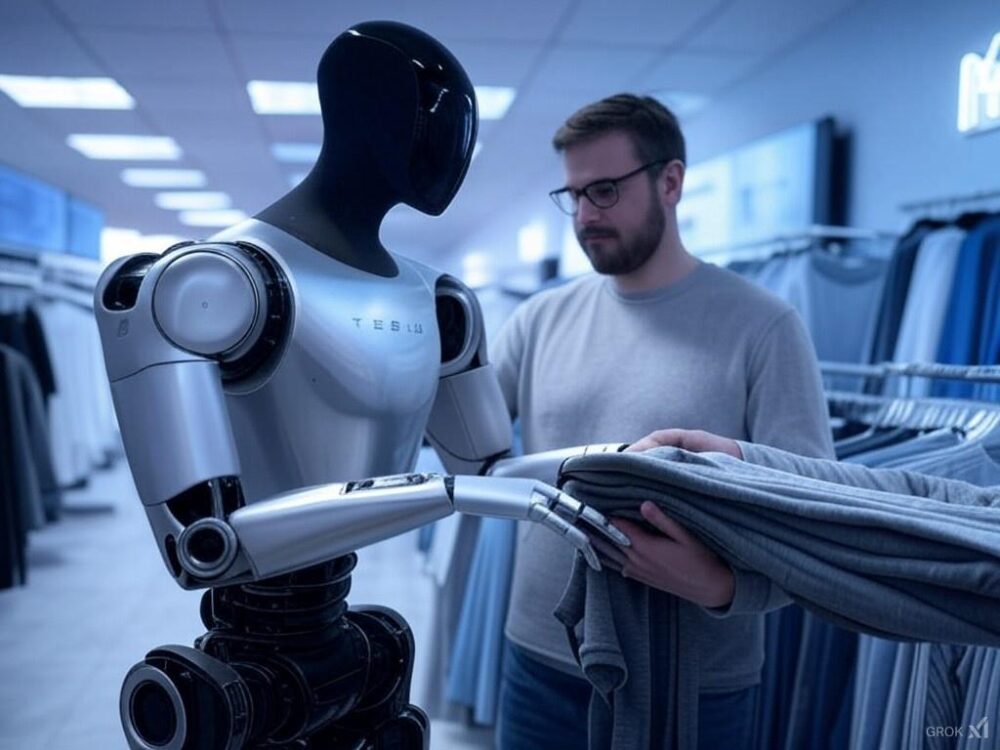As we stand on the cusp of 2028, the integration of humanoid robots into daily life is not just a possibility but an impending reality. The pace at which technology is evolving suggests that we are racing toward a future where robots play a central role in our economy and society. This transition, while brimming with potential for efficiency and innovation, also poses significant challenges to traditional job markets and social structures. Understanding and preparing for this change is not merely an option but a necessity for governments, businesses, and individuals alike to navigate the complexities of a robot-dominated future.
Ultimately, global leadership in this rapidly evolving technological arena will determine whether societies successfully harness the power of automation or risk stagnation. Leaders who choose to embrace and guide these innovations will cement their legacies as visionaries who propelled humanity toward a more advanced future. Conversely, those who disregard the profound implications of widespread robotic adoption will be consigned to irrelevance, leaving the world in search of a new cadre of forward-thinking stewards capable of steering civilization through these transformative times.
1. A New Era in Retail Industry
The retail sector is on the brink of a transformation driven by the advent of humanoid robots, such as those from Tesla’s Optimus line. By 2028, these robots are expected to fundamentally alter the employment landscape in retail environments like superstores, supermarkets, and delis. With capabilities to manage inventory, serve customers, and oversee daily operations, these robots could render many traditional retail jobs obsolete. The precision and consistency of robotic workers not only promise to increase operational efficiency but also challenge the human workforce’s role in these settings. Governments must recognize this shift and prepare for a significant reduction in retail jobs, urging immediate action in workforce planning and retraining programs.
2. Reimagining the Global Workforce
The manufacturing boom in humanoid robots suggests a future where these machines might outnumber human workers in certain sectors. Industries like postal services, logistics, distribution, and construction are prime candidates for automation due to their reliance on repetitive or physically demanding tasks. While this promises benefits like cost reduction and safety improvements, the displacement of human labor could occur at an alarming rate. There’s an urgent need for strategies that transition workers into new roles focused on managing, maintaining, and coordinating robots. This shift necessitates government intervention to prevent massive unemployment and to foster new job categories that leverage human skills in oversight and creativity.
3. The Case for Universal Basic Income
With the anticipated job displacement, the idea of Universal Basic Income (UBI) gains traction as a potential solution to stabilize economies and support those affected by automation. By 2028, UBI could be crucial in providing a financial safety net, helping individuals adapt to a world where traditional employment might no longer be the primary source of income. Governments should consider pilot programs or phased implementations of UBI to study its impact and refine the approach, ensuring it addresses the socio-economic challenges posed by automation without undermining incentives to work or innovate.
4. Catalyzing Structural Transformation
The rapid pace at which humanoid robots are being adopted calls for proactive governance. Countries need to establish policy frameworks that not only manage the transition but also exploit the potential of robotics for societal benefit. This includes significant investment in education and reskilling, fostering innovation through public-private partnerships, and ensuring that the benefits of automation are distributed equitably. Without these steps, there’s a risk of economic and social fractures, where only a few reap the benefits while the majority faces joblessness and inequality.
5. The Urgent Call to Action: A Global Imperative
The integration of humanoid robots by 2028 will not just be an industrial shift but a societal one, affecting how we live, work, and interact. Policymakers, industry leaders, and community stakeholders must collaborate to steer this change towards positive outcomes. Strategic planning should focus on:
- Skill Development: Massive reskilling initiatives to prepare the workforce for new roles in a robot-assisted economy.
- Policy Innovation: Laws and regulations that adapt to technological advancements while protecting workers’ rights.
- Economic Redistribution: Mechanisms like UBI to balance the wealth generated by automation.
- Public Engagement: Involving communities in decision-making to ensure the transition respects cultural and social norms.
Time is running out, and the stakes could not be higher. Without immediate action, the world risks plunging into an era of socio-economic upheaval with irreversible consequences. Governments must urgently rise to the challenge, seizing the opportunity to steer technological advancements toward empowering humanity rather than displacing it. The 2028 milestone is not a distant forecast but an urgent mandate for decisive, inclusive, and forward-thinking leadership. The future is being written now—there is no room for delay.





